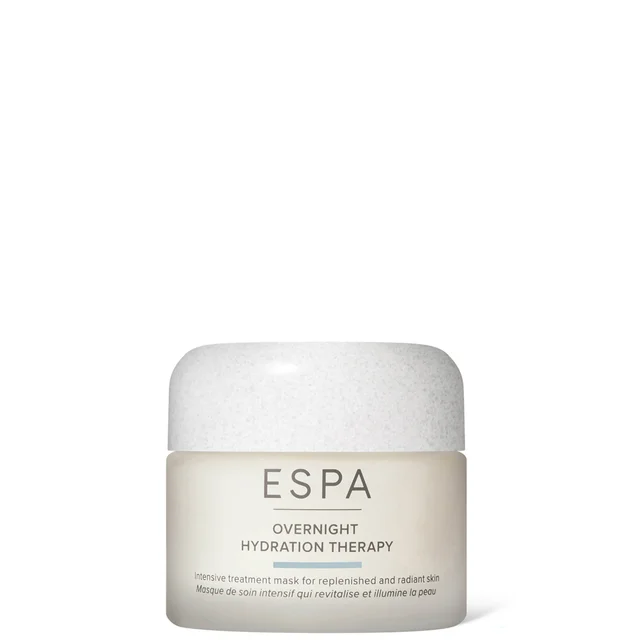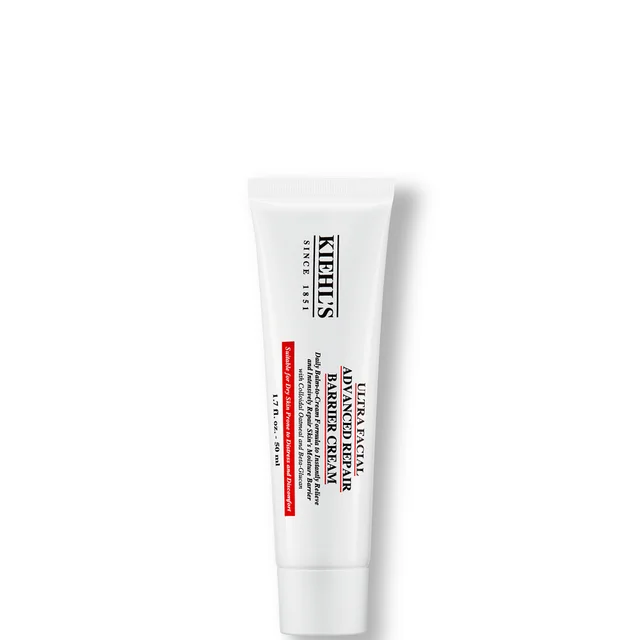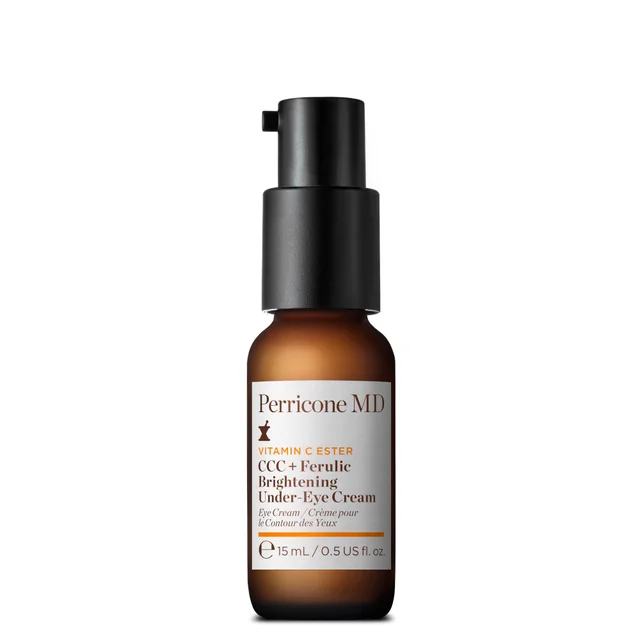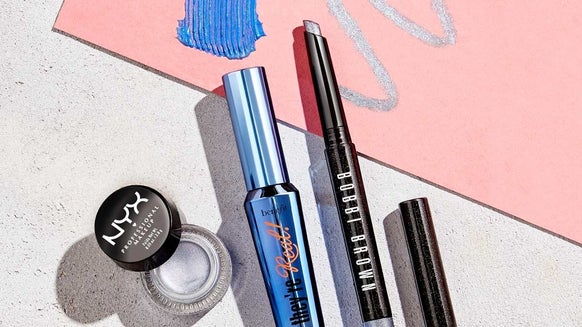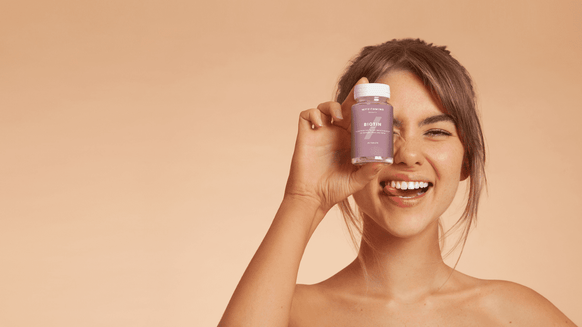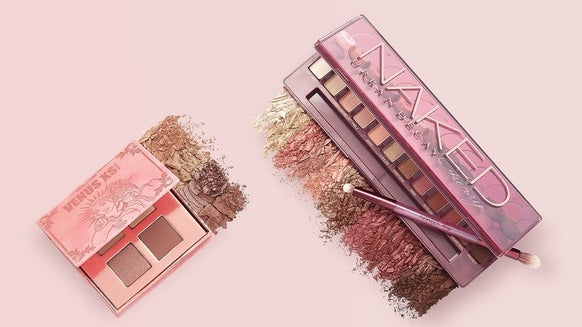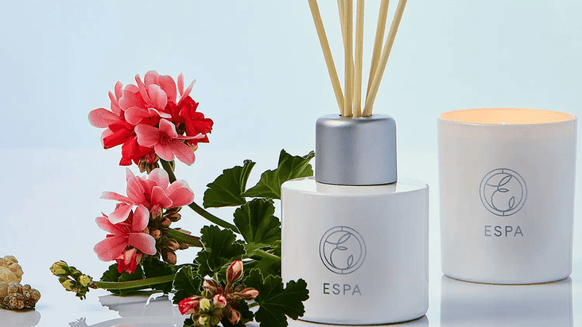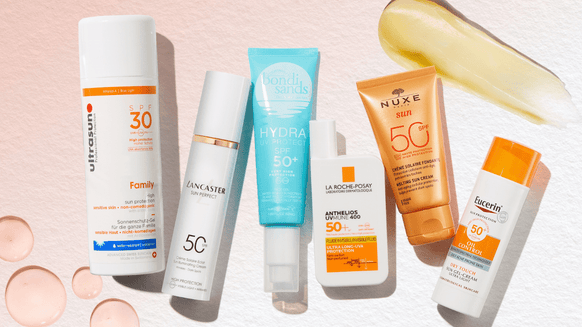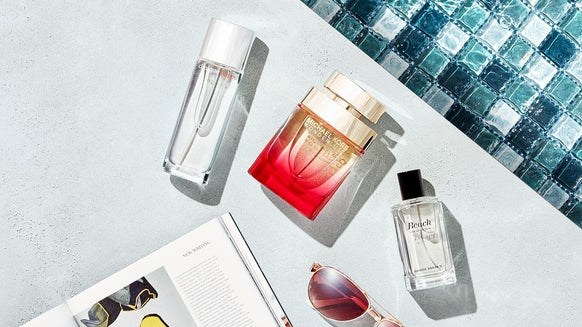Is skin flooding the key to reviving dry, winter complexions?

Skin Flooding is the latest trend taking over TikTok – which naturally means it is finding its way into our skincare routines. But what exactly is this new application technique and how can it benefit our skin? The experts reveal everything you need to know, plus the best products to master this new-season trend…
What is skin flooding and how does it work?
A beauty buzzword we can’t ignore, skin flooding is believed to support a supple, healthy-looking complexion. What is it, we hear you ask? Ray, digital askINKEY advisor at The INKEY List, explains, “Keeping it simple, skin flooding involves layering different hydrating products on your skin while it is still damp, then sealing it all in with a moisturiser. This helps to maximise the effects of each product and limit the risk of transepidermal water loss, which is when water evaporates through the skin and into the air.”
Samantha Ashton, head of training & development at ESPA, continues: “The products are applied in fine layers with a spritz of hydration in between each layer. It is beneficial for any skin type, using hydrating formulas to suit skin’s needs through the winter months."
What are the main benefits of skin flooding?
So that’s the definition of the ‘skin flooding’ trend explained, but what are the key benefits for our complexion? “‘Flooding’ your skin with hydrating products while your skin is still damp helps to lock in all the extra moisture, reducing dryness, tightness and even redness in the skin. If your skin is dry, looking dull, or feeling dehydrated, this is one trend you will definitely want to try out!” says Ray.
Why is skin flooding particularly beneficial during the winter months?
Hydration is likely a staple concern in our skincare routines all year round, but it’s no secret winter can wreak havoc on our complexion, causing unwarranted dryness and flakiness. Ray explains, “When our skin is exposed to colder temperatures, low humidity and dry indoor heat, this can leave our skin dehydrated and feeling stripped of all its moisture."
Adding an extra hydrating step into your skincare routine can only benefit dull, stressed-out areas:
“It can really help to minimise TEWL (transepidermal water loss) and get your skin feeling more comfortable, not to mention skin flooding can also help with dry skin and skin that looks a little lacklustre. Dehydration is something a lot of us will experience in the winter months, but luckily we currently have our Supersize Hyaluronic Acid Serum to get you through!”
As Ray suggests, hydrating serums should be your first point of call. The INKEY List Supersize Hyaluronic Acid Serum is now available in a larger format – that’s 3 x bigger than the original formulas! Suitable for all skin type, the serum features 2% pure hyaluronic acid of different molecular weights, helping to attract moisture into the skin for all-day hydration. Layer this serum under an ultra-quenching moisturiser to flood your skin with much-needed moisture – we love ESPA Overnight Hydration Therapy, packed with chicory root extract and hyaluronic acid to act as a generous drink of water for thirsty skin.
Can any skincare product form part of a 'skin flooding' routine?
Although it’s great to hydrate your skin during all steps of your routine, you don’t have to go overboard: “We really want to focus on hydrating products so a couple of serums and a moisturiser will be perfect for this! Avoid products that can further dehydrate the skin like exfoliants or any masks that need to be rinsed off,” Ray advises.
Samantha continues, “Preparing the skin is an important stage of any routine. A product that is lightweight in texture and has hydrating properties will be beneficial for skin flooding. This technique applies fine layers of hydration to the skin whilst damp, vs. the application of one thick product that might overload the skin and cause breakouts.”
Which skin types are best suited to skin flooding? Are there any skin types that should avoid skin flooding?
All skin types can benefit from extra hydration, but not all will need to jump on the skin flooding trend. “Those who will benefit most from skin flooding will be dry, dull or dehydrated skin types,” says Ray. However, Samantha reminds us, “It is beneficial for any skin type – especially to suit skin’s needs through the winter months!”
What are your favourite ingredients for skin flooding?
While there are many hydrating ingredients out there, there are a few in Ray’s repertoire worth shouting about time and time again. Ray reveals: “My two favourite ingredients for skin flooding are Hyaluronic Acid and Polyglutamic Acid… and anything with Ceramides, so okay - three favourites!” she laughs. “I would definitely avoid anything that would exfoliate or control oil as the aim is to add hydration, not remove it!”
Samantha shares, “ESPA’s Mineral & Electrolyte Complex from our Active Nutrients collection is my personal favourite. It uses deep sea magnesium and minerals from the Irish sea to remineralise the skin. Plus, Echium oil from the UK has high levels of essential fatty acids that the skin needs to protect the upper layers of the skin.”
Ray’s top 5 do's and don'ts for Skin Flooding:
- Do focus on hydrating products
- Do apply your hydrating products to damp skin
- Don’t ‘skin flood’ with exfoliants or retinols
- Don’t forget to seal your hydrating products in with a moisturiser
- Do follow with an SPF in your AM routine to protect your results
Our Top Hydrating Products:


